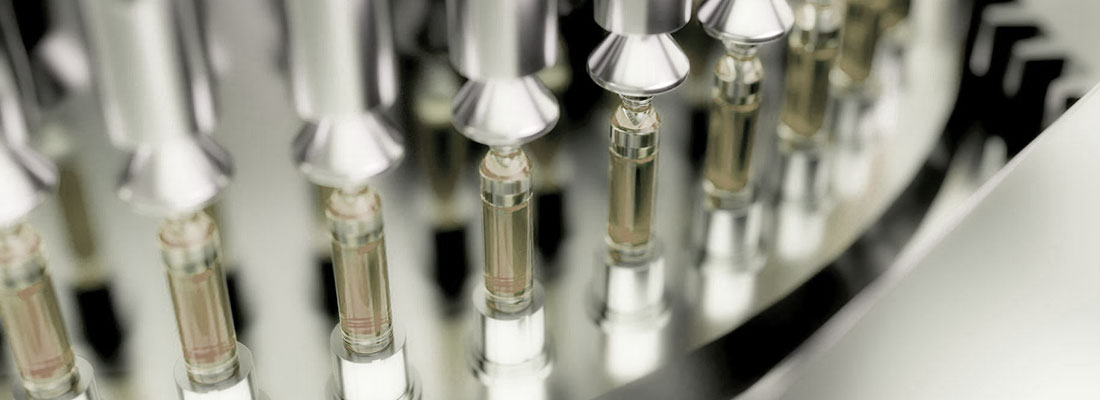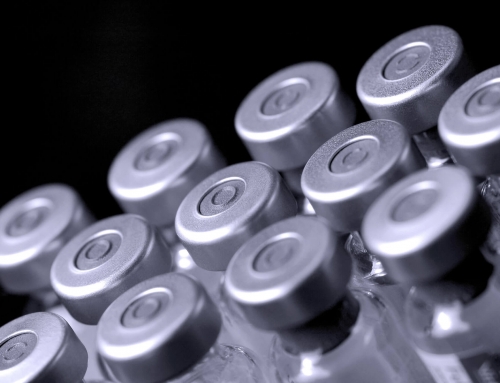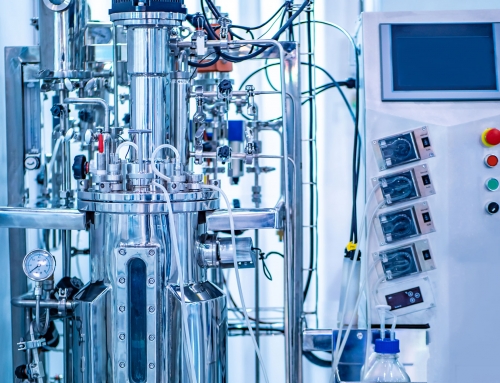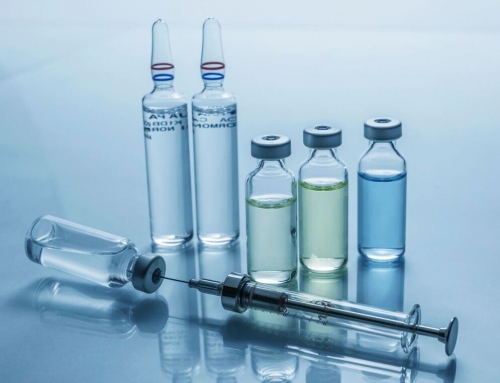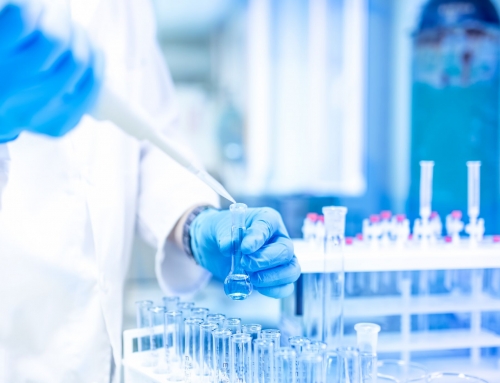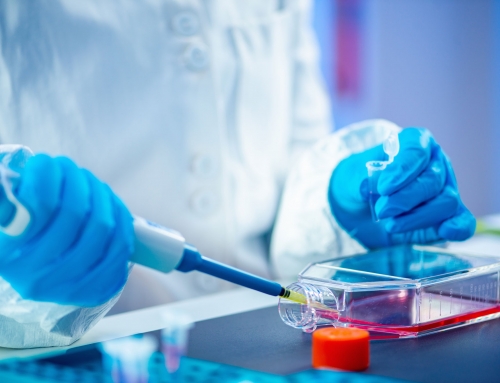Monoclonal antibody production is expensive and complex but produces highly specific antibodies which can target antigens extremely effectively.
Antibodies attach to antigens at the antigens’ epitopes. The specificity of an antibody’s variable region is what determines its affinity for the epitope. Some antigens may be so chemically similar, however, that antibodies raised against one antigen react with another. This is known as cross-reactivity. Monoclonal antibodies can be more effective than drugs because they target specific antigens rather than every cell in the body.
Monoclonal antibody production creates highly specific antibodies primarily via the production of hybridomas.
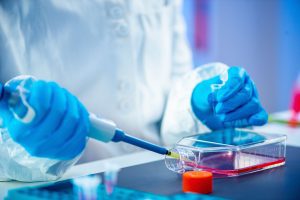
The process begins with injecting an animal, usually a rabbit, mouse, or goat, with an antigen. Over the next few days, the animal produces antibodies against that antigen. Because most antigens are chemically complex, they will have more than one epitope and therefore stimulate the production of multiple B cells, each responding to a specific epitope.
Creating monoclonal antibodies involves first creating a cell known as a hybridoma. Hybridomas are the result of merging antibody-producing B cells, usually from a mouse, with myelomas, an immortalized type of cancer cell. The result of the merge is a mixture of B cells, myelomas, and hybridomas. The culture is placed in a medium which inhibits the creation of new nucleotides in the myelomas but not the other cells, and the culture is left long enough for the B cells and myelomas to die out. All that remains are the desired hybridomas.
Each hybridoma will produce the antibodies of the B cell with which the original myeloma fused. The hybridomas must undergo a screening process to detect which are producing the desired antibody. Injecting these antibodies into humans over the long term will however trigger an immune response against the murine regions of the antibodies.
Genetic engineering allows those working with mAbs to ligate the genes for the variable regions of the murine antibodies with the genes for the constant regions of human antibodies. The cell then produces antibodies with constant regions of human origin and variable regions of murine origin. These antibodies do not trigger an immune response in the human body.
These chimeric antibodies can be cultivated not only in mice, but in microorganisms or even genetically modified plants. These latter two options are often less expensive and technically involved than working with mammalian cells and can be done in vitro rather than using animals. However, the most common method of cultivating mAbs is to use Chinese Hamster Ovary (CHO) cell lines.
A production protocol for monoclonal antibodies can be complex and costly.
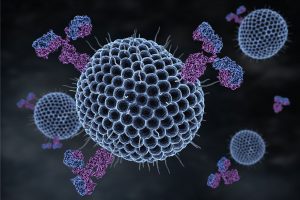
The three most common methods of producing mAbs via hybridomas are batch, profusion culture, and feed-batch. Each has advantages and disadvantages in large-scale production.
Batch production is the simplest method, in which hybridomas are cultivated in a bioreactor. The cells are not replenished with new medium and spent medium is not removed. As waste products build up, cell growth slows. The amount and composition of the initial medium directly influences how much growth is possible. Supernatants are collected and refined into the desired mAbs. This method is easy to scale up and gives control over each batch, but it can be difficult to achieve the proper concentrations and volume of the culture medium.
Profusion culture is a similar process, but the medium is replenished and the waste products removed. A culture can be kept at equilibrium for months in this method, producing mAbs all the while, as opposed to the timespan in batch production of only a few days. This process can create more product by volume but requires a great deal of expensive culture media and can take a long time to set up properly.
Feed-batch production is the most common on an industrial scale. In this method, the cell culture is fed medium at intervals rather than constantly, and the medium is often altered to stimulate either growth or production, as the process requires. This process can minimize waste metabolites, so the desired product is in higher concentration by volume. The system takes up a smaller physical footprint and is easy to scale up.
Monoclonal antibodies offer many therapeutic and diagnostic applications.
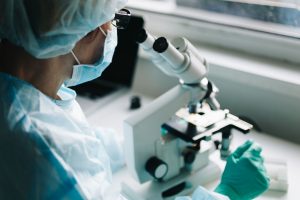
Monoclonal antibodies have diverse diagnostic applications, aiding in biochemical analysis as well as diagnostic imaging. Pregnancy, some cancers, many hormonal disorders, and many sexually transmitted infections are detectable by mAbs. Radiolabeled-mAbs have proven helpful in detecting cardiovascular disease and bacterial infections, and are much more useful at detecting cancers than CT scans and ultrasounds, because mAbs are cancer specific and can therefore distinguish between malignant and benign growth.
As therapeutic tools, mAbs offer treatments that drug therapies have been unable to match. By binding to surface epitopes of some cancer cells and even HIV-infected T cells, mAbs bring about antibody—dependent cell-mediated cytotoxicity and phagocytosis, stimulating the patient’s own immune system against disease.
In addition, coupling mAbs with toxins, drugs, or radioisotopes allows for more targeted delivery of therapies. Substantial quantities of drug often do not reach the target site in vivo. Coupling the drug to a tissue- or cancer-specific mAbs allows for more effective and efficient delivery.
Though mAbs are complicated and expensive to produce, their diagnostic and therapeutic value is enormous and growing every day. The creation of highly specific mAbs to combat cancers and infections, or to detect these health risks early, is one of the fastest growing areas of pharmaceutical production.

